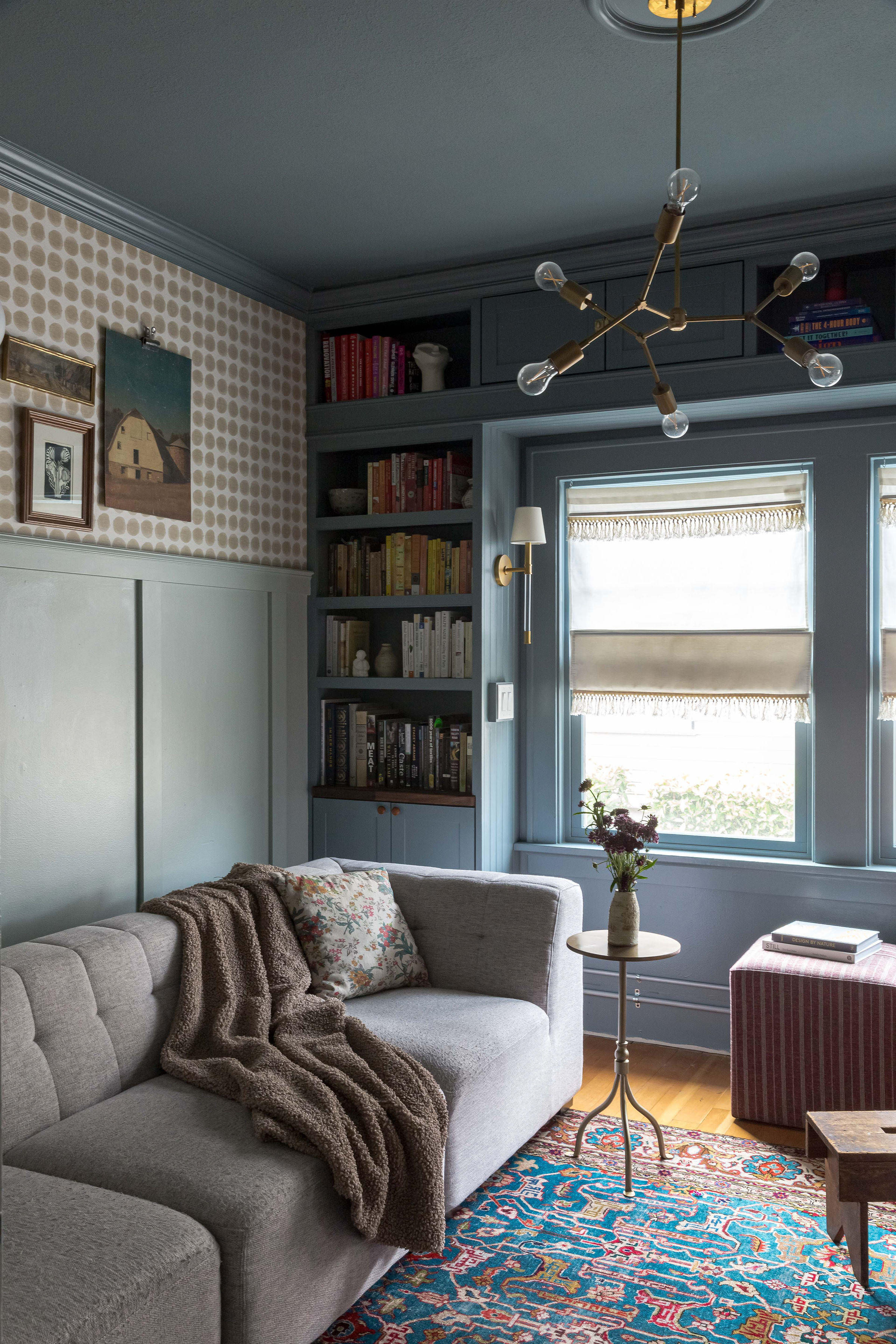Why Emotional Interior Design?
Emotional interior design focuses on how spaces can evoke feelings and memories.
The foundation of emotional interior design is about crafting environments that resonate with us humans on a deep level. It's an approach that recognizes that our surroundings can significantly impact our mood, productivity, and overall wellbeing. You might have noticed that entering a cozy, warmly lit room filled with personal touches immediately puts you at ease, but an overly sterile, impersonal environment can feel cold and unwelcoming. By grasping this dynamic, we can use the power of design to create spaces that nurture our souls.
The act of designing with emotion in mind encourages us to become more intentional about the elements we choose to surround ourselves with. Each piece becomes a reflection of our identity, our experiences, and the stories we hold close. Whether it's a cherished photograph or a piece of art that speaks to your heart, every item has the potential to contribute to the emotional narrative of your home.
What’s Your Story?
Before designing your space, you’ll need to reflect on your personal journey. The main pieces will be to identify the key experiences, memories, and emotions that should influence your design choices.
Identifying your personal story is the foundation of your emotional design process. Every room in your home can tell a part of your story, but you first need to understand what that story is. Start by reflecting on significant life events, happy or grief memories, and the feelings that resonate within you. Write these down, create a vision board, or simply spend some quiet time reflecting. This first step can help illuminate the path to crafting a space that truly embodies who you are.
Remember, your story is unique, and the design choices should reflect that uniqueness. Maybe a bright yellow hue reminds you of sunny afternoons spent with family, or a soft blue brings up memories of tranquil seaside getaways. By thoughtfully considering these emotional connections, you can infuse your space with colors, décor, and layouts that celebrate your individual narrative.
Choosing Colors that Resonate
Color plays a big role in setting the mood of a space.
Choosing the right colors allows you to express your emotions and set the ambiance of your home. Did you know that colors can influence your mood and perception of a space? Here’s an example: warm colors like reds and oranges can energize and stimulate conversation, while cooler colors like blues and greens tend to promote calmness and tranquility. A little understanding of color psychology is a big aspect in emotional interior design. By carefully selecting colors that reflect your feelings and experiences, you can create a space that feels right for you.
As you explore color options, consider creating a palette that speaks to different facets of your life. Maybe you want your living room to be warm and inviting—go for soft earthy tones that remind you of comfort and togetherness. In contrast, your personal workspace may benefit from cooler hues that enhance focus and inspire creativity. By harmonizing these color stories throughout your home, you can cultivate a cohesive yet complex emotional experience.

.png)

